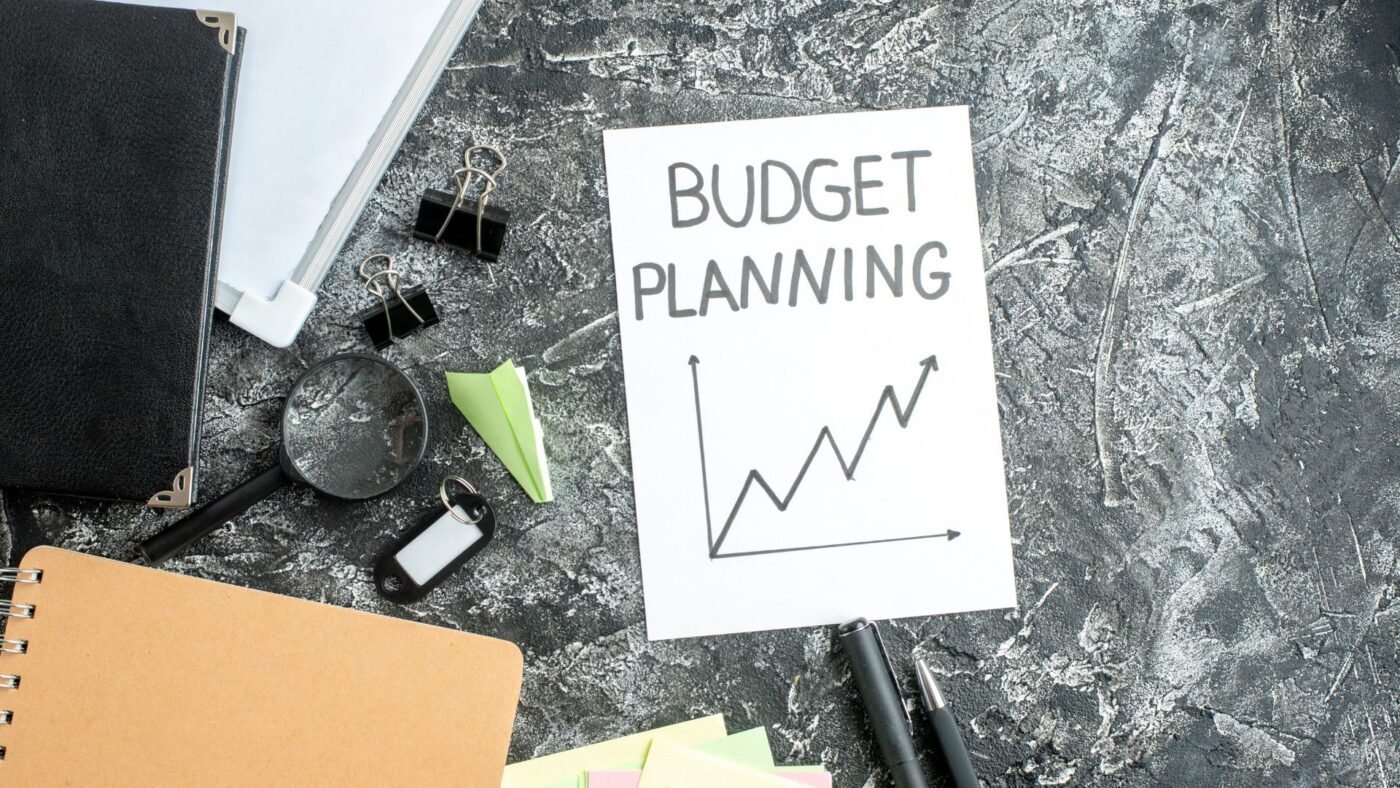Knowledge
Budgeting for Large-Scale Event Displays: Tips for Procurement Managers
Planning and executing large-scale events requires precision, creativity, and, above all, a well-structured budget. One of the biggest expenses for trade shows, exhibitions, sports events, and corporate gatherings is event displays—including custom pop-up tents, printed banners, table covers, inflatable canopies, and branded backdrops.
For procurement managers, budgeting is not just about cost-cutting—it’s about maximizing ROI while ensuring high quality and brand consistency. This guide will provide actionable tips for budgeting large-scale event displays efficiently without compromising on impact.
Why Budgeting for Event Displays Matters
Before diving into the strategies, let’s understand why budgeting plays such a crucial role in event success:
- Cost Control: Large events often involve multiple display components. Without a structured budget, costs can spiral out of control.
- Better Negotiation Power: A clear budget helps you negotiate with suppliers and secure better pricing or added value.
- Avoid Last-Minute Expenses: Lack of planning often leads to expedited shipping fees, rush printing charges, and costly mistakes.
Budgeting ensures every dollar spent contributes to achieving your event goals—whether that’s lead generation, brand awareness, or direct sales.
Step 1: Define Your Event Display Goals
The first step in budgeting is understanding your objectives. Ask:
- Is the goal to attract foot traffic to your booth?
- Are you trying to create a premium brand image?
- Do you need portable and reusable displays for multiple events?
For example, a trade show booth focusing on visual impact may require custom backdrops, branded canopies, and LED displays, while a sports event might prioritize durable outdoor tents and team flags.
Pro Tip: Start with a list of essential items versus “nice-to-have” elements. This clarity helps you allocate funds effectively.
Step 2: Understand the Core Components of Event Display Costs
Large-scale event display costs usually fall into these categories:
1. Display Products
- Custom Pop-Up Canopies – Available in sizes like 10×10, 10×15, 10×20. Larger tents with full custom printing cost more.
- Printed Banners & Flags – Feather flags, retractable banners, and hanging signs.
- Branded Table Covers – For product demos and registration desks.
- Backdrops & Booth Structures – Trade show back walls, tension fabric displays.
- Inflatable Structures – Inflatable tents or arches for outdoor impact.
2. Printing & Customization
- PMS color matching
- High-resolution sublimation printing
- Double-sided printing for banners and flags
3. Accessories & Add-ons
- Lighting
- Sandbags or weights for outdoor stability
- Carrying cases for transport
4. Logistics
- Shipping costs (often underestimated)
- Import duties for international procurement
- Storage fees for reusable items
Step 3: Create a Detailed Budget Breakdown
Here’s a sample allocation for a $50,000 budget for a large trade show:
| Category | Estimated Cost |
|---|---|
| Pop-Up Canopies (10×20 x 3) | $12,000 |
| Banners & Flags | $4,000 |
| Backdrops & Booth Design | $15,000 |
| Table Covers (Branded) | $2,500 |
| Printing & Graphics | $5,000 |
| Logistics & Storage | $6,000 |
| Contingency Fund | $5,500 |
Tip: Always include a 10-15% contingency fund for unexpected expenses like last-minute design changes or rush shipping.
Step 4: Optimize for Reusability
Smart procurement managers focus on displays that can be reused across multiple events to reduce costs per event.
- Choose Durable Materials: Heavy-duty aluminum frames for canopies and water-resistant fabrics.
- Opt for Modular Designs: Tension fabric displays and trade show booths with interchangeable graphics.
- Invest in Versatile Branding: Instead of printing event-specific details, keep designs generic and add removable signage for event dates.
This approach helps amortize the cost over several events, making your investment more cost-effective.
Step 5: Work with a Reliable Supplier
Selecting the right supplier can significantly impact your budget and quality. Look for:
- OEM/ODM Capabilities: For fully customized designs at factory pricing.
- Strong Quality Control Process: To avoid costly replacements or reprints.
- Global Shipping & Fast Turnaround: Reduces delays and extra freight costs.
Why StrongDisplay?
At StrongDisplay, we specialize in custom printed pop-up tents, event booths, banners, and inflatable displays for large-scale events. Our OEM/ODM services, color matching accuracy, and international shipping capabilities make us a trusted partner for procurement managers worldwide.
👉 Explore our custom event tents here
👉 Check out our trade show booth solutions
Step 6: Negotiate and Leverage Bulk Discounts
When ordering large volumes of custom displays, negotiate:
- Bulk Order Pricing – Most suppliers offer tiered pricing.
- Free Add-ons – Such as carry bags or extra banners.
- Consolidated Shipping – Combine shipments to save on freight costs.
Pro Tip: Establish long-term relationships with your suppliers for better rates and priority production slots.
Step 7: Monitor and Adjust the Budget
Even with the best planning, costs can shift. Use budget tracking tools and review regularly:
- Are actual costs aligning with estimates?
- Did you overspend on branding but under-allocate for logistics?
Document everything for future procurement planning.
Conclusion: Smart Budgeting = Event Success
Budgeting for large-scale event displays is about strategic planning, smart supplier partnerships, and reusability. By following these steps, procurement managers can maximize brand visibility while staying within budget.
If you’re ready to streamline your event display procurement, StrongDisplay offers personalized solutions tailored to your needs.
✅ Contact our team today for a free consultation and custom quote!
Visit StrongDisplay.com →
